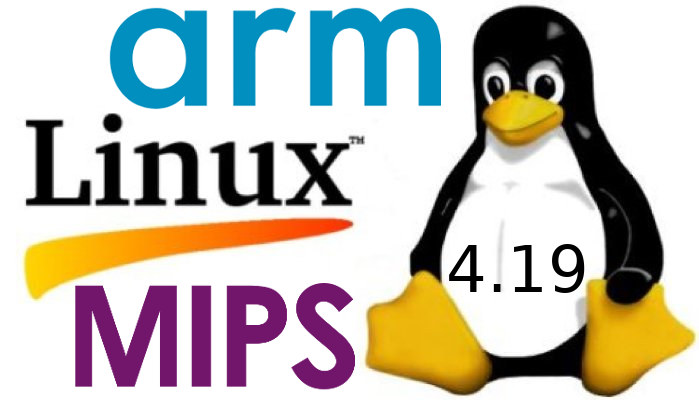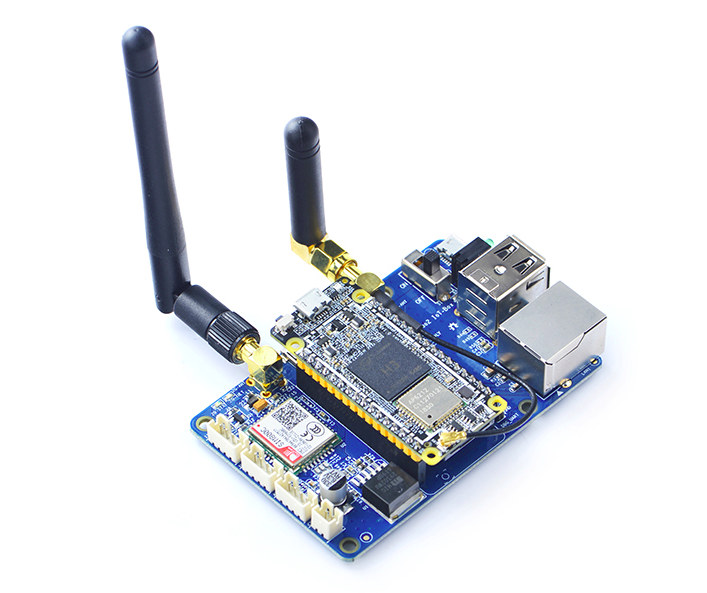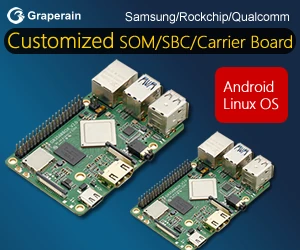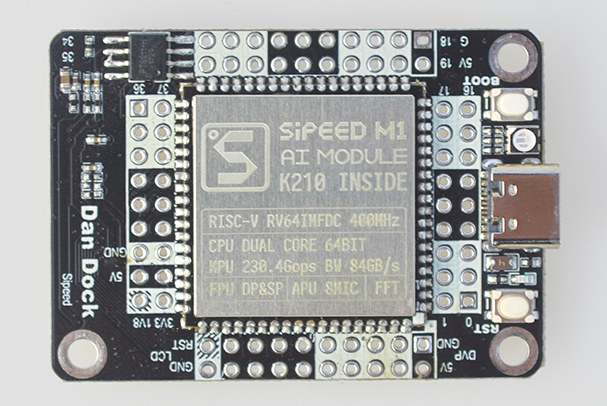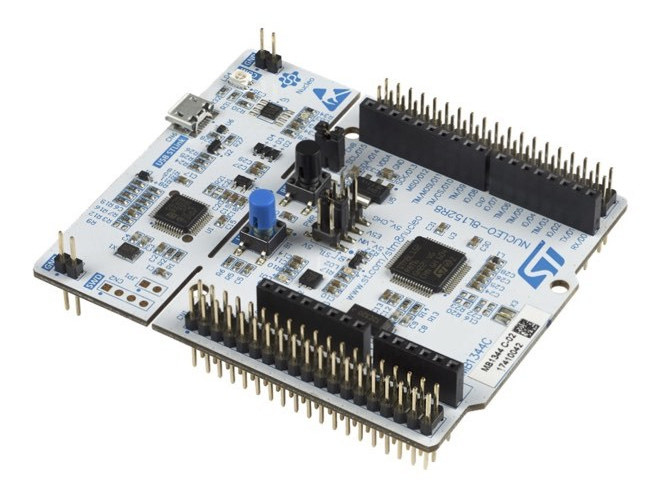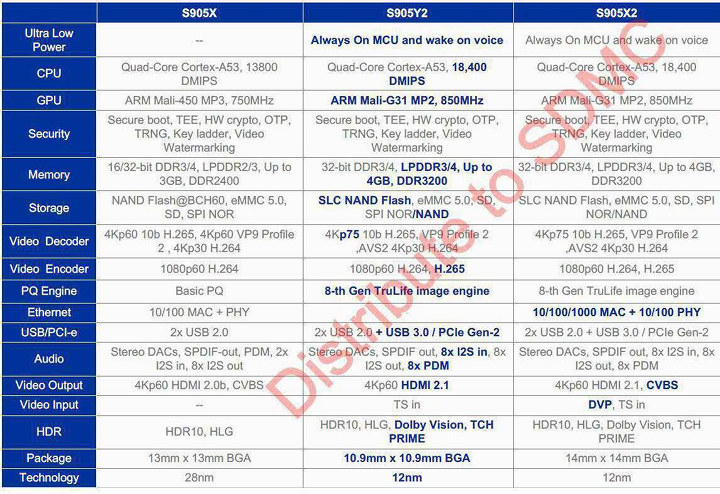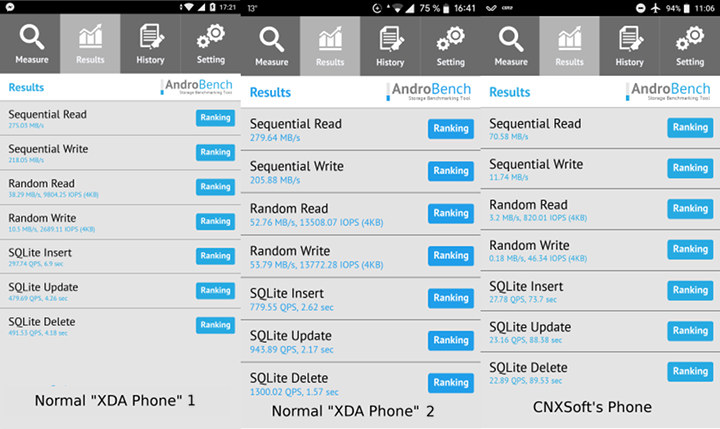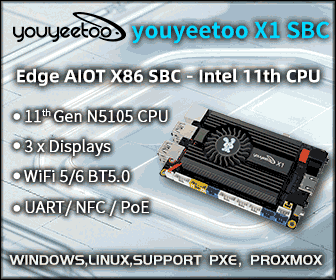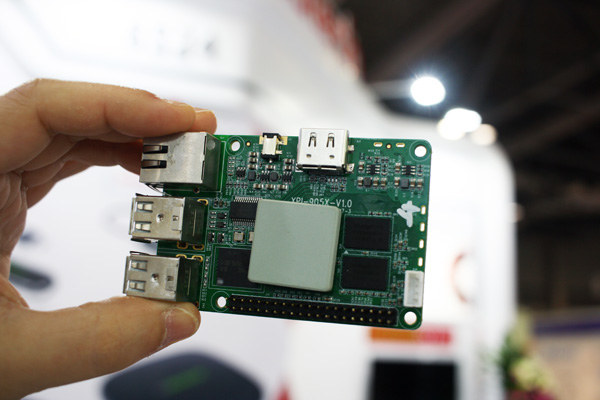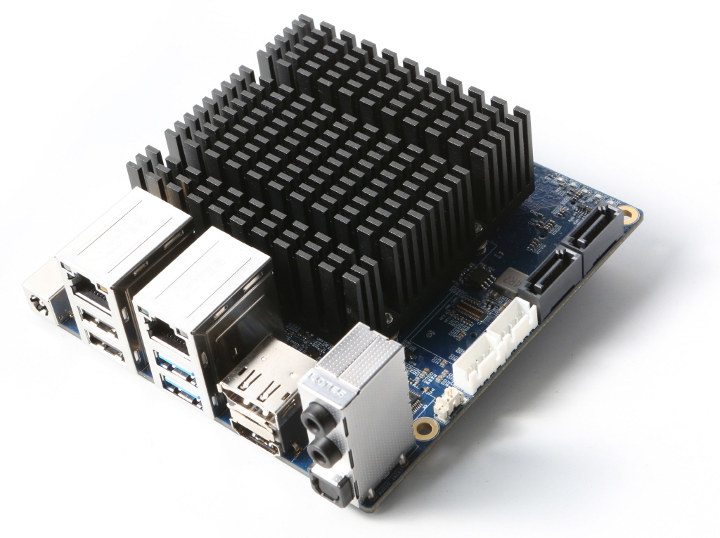With Linus Torvalds taking a leave from the Linux kernel project, Greg Kroah-Hartman was the one to release Linux 4.19 last Sunday: Hi everyone! It’s been a long strange journey for this kernel release… While it was not the largest kernel release every by number of commits, it was larger than the last 3 releases, which is a non-trivial thing to do. After the original -rc1 bumps, things settled down on the code side and it looks like stuff came nicely together to make a solid kernel for everyone to use for a while. And given that this is going to be one of the “Long Term” kernels I end up maintaining for a few years, that’s good news for everyone. A small trickle of good bugfixes came in this week, showing that waiting an extra week was a wise choice. However odds are that linux-next is just bursting so […]
Tiny NanoPi Duo2 Board Comes with WiFi, a Camera Interface, an Optional 2G-IoT Dock
NanoPi Duo was launched last year as an ultra-cheap ($8+) Arm Linux board that fits into a breadboard. The board was powered by Allwinner H2+ processor coupled with 256 or 512MB RAM, and the infamous XR819 802.11b/g/n WiFi chip. FriendlyElec has now launched NanoPi Duo2, that’s still breadboard compatible, but with a slightly longer form factor, Allwinner H3 processor, 512 MB RAM, better WiFi thanks to an AP6212 module, and an extra camera interface. As we’ll see further below the company also developed a carrier board for 2G cellular IoT applications. NanoPi Duo2 specifications with highlights in bold showing differences again NanoPi Duo: SoC – Allwinner H3 quad core Cortex A7 processor @ 1.2 GHz with Mali-400MP2 GPU System Memory – 512 MB DDR3 SDRAM Storage – micro SD card slot, footprint for SPI flash Connectivity – 802.11 b/g/n WiFi + Bluetooth 4.0 LE (Ampak AP6212 module) with chip antenna, […]
Sipeed M1 RISC-V Computer Vision Module Features Kendryte K210 Processor
Just a few days ago, I wrote about Kendryte KD233 board featuring Kendryte K210 dual core RISC-V processor, with some fairly detailed documentation, public links to toolchains and other tools. and going for $50. But the team behind LicheePi boards informed me that they also made their own K210 module called Sipeed M1 and selling on Taobao for the Chinese market, as well as on Yoycart for $10.89 plus shipping for the oversea market, and you’ll find a devkit with a dock board for about $24 and up depending on options. Sipeed M1 module specifications: SoC – Kendryte K210 dual core 64-bit RISC-V processor @ 400 MHz with KPU CNN hardware accelerator, APU audio hardware accelerator, 6 MB general purpose SRAM, 2MB AI SRAM memory, and AXI ROM to load user program from SPI flash Package – 72-pin (25.4 x 25.4mm) But you’ll probably want to get start with M1 […]
STMicro Introduces the First STM8 Nucleo Boards, STM8 Arduino IDE Support
While development boards based on STMicro STM8 8-bit MCU such as the “one dollar board” or the official STM8 Discovery boards have been around for several years, STMicro had yet to release a Nucleo board based on the microcontroller. The company has now unveiled not one, but two such boards with NUCLEO-8L152R8 and NUCLEO-8S208RB. Both boards will look similar as only the MCU differs. The former features a 16 MHZ MCU with 64 kB flash and 4KB SRAM, while the latter comes with a 24 MHz MCU with 128 kB flash, and 6KB SRAM.STM8 Nucleo board specifications: MCU (One of the other) NUCLEO-8L152R8 – STMicro STM8L152R8T6 8-bit MCU @ 16 MHz with 64 kB flash, 2KB EEPROM, 4KB SRAM NUCLEO-8S208RB – STMicro STM8S208RBT6 8-bit MCU @ 24 MHz with 128 kB flash, 2KB EEPROM, 6KB SRAM 4x LEDs – USB communication (LD4), 5V STLINK (LD3), User (LD2), Power (LD1) 2 […]
Comparison of S905X, S905X2, and S905Y2 Processors Specifications
We’ve known the main features of Amlogic S905Y2 and S905X2 processors namely an upgrade to an Arm Mali-G31MP2 GPU with OpenGLES 3.1, and support for USB 3. since last month, and TV boxes launched earlier this month with products such as Beelink GT1 Mini or A95X Plus. But we were still missing some parameters like the manufacturing process, max CPU and GPU frequencies, and so on. We now have all this information and some more thanks to an S905X/S905X2/S905Y2 comparison table released by SDMC a few days ago, and likely coming from Amlogic themselves. There actually more differences than I expected. Going from top to bottom in the comparison table above, the new processors feature an ultra-low power MCU core to be used for wake-word detection, and possibly other features. We did not get CPU frequency numbers per se, but since Amlogic released DMIPS values and Cortex A53 core scores […]
Xiaomi Mi A1’s eMMC Flash Storage Failing after One Year?
Xiaomi Mi A1 Android One smartphone has been my main and only phone since last October, and I’ve been pretty satisfied with it with monthly firmware updates, and the smartphone performing as I would expect, except I found the camera to be lacking in some conditions, but nothing critical. However on the 7th of this month, the phone felt really sluggish, especially when loading app, as one an app was loaded it would run fairly smoothly most of the time. I’m talking about messaging apps taking 20 to 30 seconds to load, YouTube maybe one minute, and CSR2 Racing game about 5 minutes to load… My first guess was some background app taking lots of resources, or accessing storage very frequently hence slowing down other apps, but Android Battery settings did not report any such apps, and battery life was normal. I still tried to remove some apps, but no […]
Geniatech XPI-S905X Board Leverages Raspberry Pi 3 Form Factor
Geniatech is well known in the media player industry for their Amlogic based TV boxes, but in recent years, they’ve also launched some development board from other silicon vendors such as Qualcomm with Developer Board IV and Developer Board 8 powered by respectively Snapdragon 410E and 820E. The company has now launched the XPI family of single board computers that will allow closely follow Raspberry Pi 3 form factor while offering better performance and features. Geniatech will start with XPI-S905X board powered by an Amlogic S905X quad core Cortex A53 processor @ 1.5 GHz with 4K HDR video playback and output capability. Geniatech XPI-S905X board preliminary specifications: SoC – Amlogic S905X quad core ARM Cortex-A53 processor @ up to 1.5 GHz (but they claim 1.6 to 2.0 GHz max…) with penta core ARM Mali-450MP GPU, and Amlogic Video Engine 10 System Memory – 1GB or 2GB (default) DDR3 RAM Storage […]
ODROID-H2 Intel Celeron J4105 Single Board Computer to Launch in November
There were talks about Hardkernel working on an ODROID x86 board since last year, as the CEO expected to launch such board later in 2017 in an interview published in ODROID magazine. Finally, it took them several iterations and processors considerations before being ready for launch, and ODROID-H2 should become available next month as the first ODROID x86 board. ODROID-H2 will feature an Intel Celeron J4105 Gemini Lake processor, two SO-DIMM slots for memory, two SATA ports and M.2 NVMe slot for storage, two Gigabit Ethernet ports, a mix of USB 3.0 and 2.0 ports, and more. ODROID-H2 board specifications: SoC – Intel Celeron J4105 quad core processor @ up to 2.3 GHz (real frequency) with 12EU Intel UHD Graphics 600 System Memory – Dual-channel Memory DDR4-PC19200 (2400MT/s) supporting up to 32GiB RAM in total Storage – M.2 PCIe 2.0 x4 slot for one NVMe storage, 2x SATA 3.0 ports, […]

